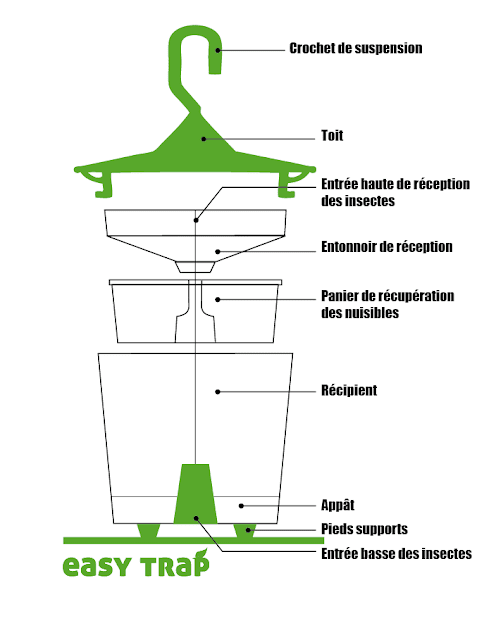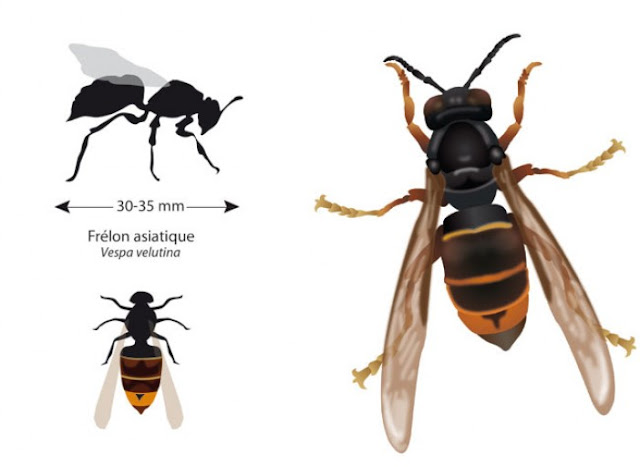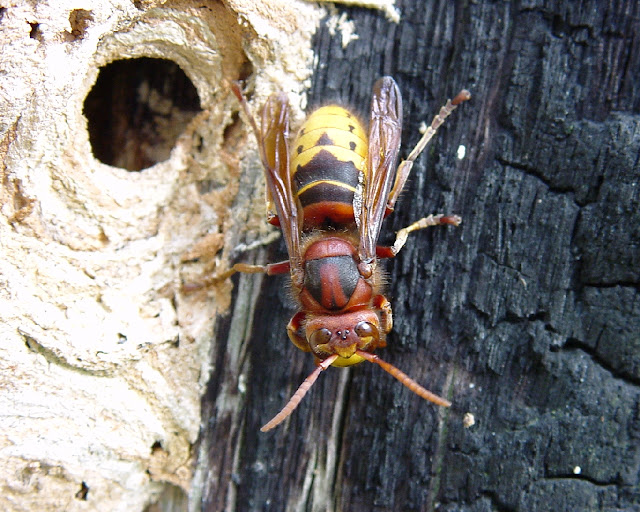ΣΦΗΚΑ 1
Σφηκα 2 !!!
minagric.gr ΟΔΗΓΟΣ ΤΟΥ ΥΠΟΥΡΓΕΙΟΥ ΓΕΩΡΓΙΑΣ ΕΛΛΑΔΟΣ ΓΙΑ ΤΗΝ ΣΦΗΚΑ
Σε περίπτωση υποψίας για την Ασιατική σφήκα, παρακαλούμε να επικοινωνήσετε με το Κτηνιατρικό
Εργαστήριο Καβάλας (Εθνικό Εργαστήριο Αναφοράς Υγείας των Μελισσών) στο
τηλ.: ++30 2510/ 391865
http://www.vespavelutina.eu/it-it/
https://translate.google.gr/translate?hl=el&sl=it&tl=en&u=http%3A%2F%2Fwww.vespavelutina.eu%2Fit-it%2F
http://anti-frelon-asiatique.com/
https://translate.google.gr/translate?sl=fr&tl=en&js=y&prev=_t&hl=el&ie=UTF-8&u=http%3A%2F%2Fanti-frelon-asiatique.com%2F&edit-text=
Humans not necessarily to blame for rapid expansion of Asian hornet
The rapid expansion of the yellow-legged hornet, or Asian hornet (Vespa velutina nigrithorax),
in Europe is not necessarily linked to human activity. Such is the
finding of a team from François-Rabelais University, INRA and the CNRS1 in a study published in Journal of Applied Ecology. Their work shows that targeted steps can be taken to greatly reduce the progression and impact of this invasive species.
Since it accidentally arrived in France around
2004, the Asian hornet has gained significant ground in Europe. This
invasive species brings problems related to human health (allergies and
some attacks leading to deaths), the economy (the beekeeping sector is
particularly vulnerable, with attacks on hives), and the environment
(the hornet is an undiscriminating predator and may have an affect on
biodiversity). Since its arrival, the number of colonies has increased
rapidly year after year in colonised territories (e.g., in
Indre-et-Loire, there were 3 colonies in 2009, 10 in 2010, 41 in 2011,
202 in 2012, 466 in 2013, more than 600 in 2014, and one thousand in
2015).
Researchers from the Insect Biology
Research Institute (François-Rabelais University /CNRS, Tours) and
INRA’s Forestry Zoology Research Unit in Val-de-Loire have developed a
mathematical model that simulates the progression of the Asian hornet in
France by using both biological data and data gathered in the field.
Notably, they based their studies on data from the programme for
participatory science of the Museum of Natural History (http://frelonasiatique.mnhn.fr). The model allowed them to test several scenarios:
- The spread of the Asian hornet without human intervention.
- The combination of natural progression of the hornet and progression due to human activity (accidental transport by Man).
- Consequences of eradicating hornet colonies.
Findings indicate that the expansion front of
the Asian hornet progresses by an average of 78 kilometres each year.
The researchers found that the reasons for such swift colonisation are
related solely to the hornet’s capacity to spread, and cannot be
systematically blamed on humans. When it comes to specifically targeting
the hornet, the model revealed that when strategies are considerably
stepped up, they are successful in sharply curbing the hornet’s
expansion and population density, but not in eradicating the invasive
species. Intensifying efforts to target the hornet is therefore
necessary to keep the insect at bay in future, and mitigate its impact.
Current insect traps, which use food for bait, are not selective, which
is why a selective trap must be developed that specifically targets the
Asian hornet.
1The
study brings together researchers from the Insect Biology Research
Institute (François Rabelais University, CNRS) and INRA’s Forestry
Zoology Research Unit in Val-de-Loire.
Reference
Christelle ROBINET, Christelle SUPPO, Eric DARROUZET. Rapid
spread of the invasive yellow-legged hornet in France: the role of
human-mediated dispersal and the effects of control measures. 18 June 2016, Journal of Applied Ecology. DOI: 10.1111/1365-2664.12724.







































































































comments
by Marie-Roberte on Saturday May 10th, 2014, 10:56